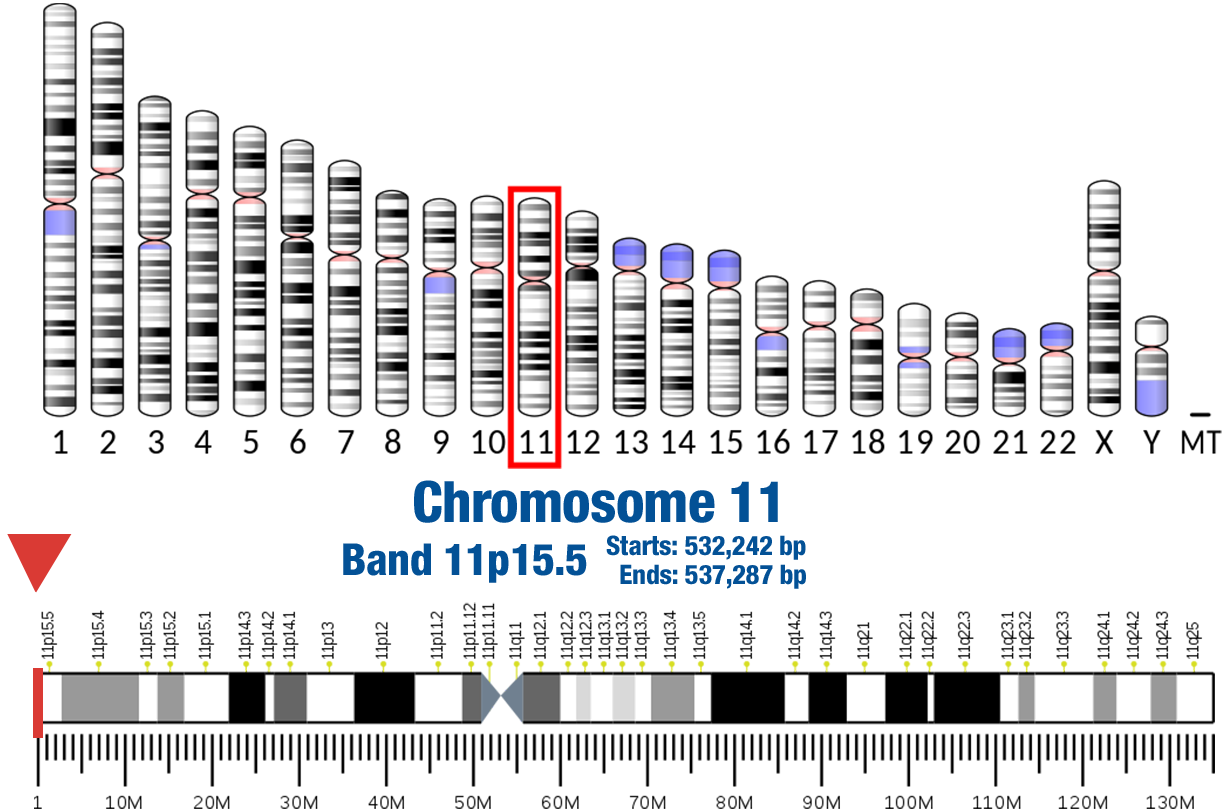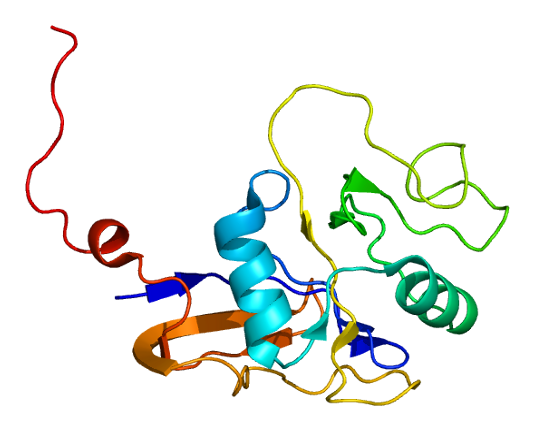
This gene belongs to the Ras oncogene family, whose members are related to the transforming genes of mammalian sarcoma retroviruses. The products encoded by these genes function in signal transduction pathways. These proteins can bind GTP and GDP, and they have intrinsic GTPase activity. This protein undergoes a continuous cycle of de- and re-palmitoylation, which regulates its rapid exchange between the plasma membrane and the Golgi apparatus. Mutations in this gene cause Costello syndrome, a disease characterized by increased growth at the prenatal stage, growth deficiency at the postnatal stage, predisposition to tumor formation, cognitive disability, skin and musculoskeletal abnormalities, distinctive facial appearance and cardiovascular abnormalities. Defects in this gene are implicated in a variety of cancers, including bladder cancer, follicular thyroid cancer, and oral squamous cell carcinoma. Multiple transcript variants, which encode different isoforms, have been identified for this gene. [provided by RefSeq, Jul 2008]
Tumor type associations:
- Bladder
- Breast
- Colorectal
- Endometrial
- Esophageal
- Gastric
- Kidney
- Liver
- Lymphoma
- Melanoma
- Ovarian
- Pancreatic
- Prostate
- MAPK cascade
- Liver development
- Positive regulation of protein phosphorylation
- Stimulatory C-type lectin receptor signaling pathway
- Endocytosis
- Located in Golgi membrane
- Nucleus
- Located in nucleoplasm
- Located in cytoplasm
- Located in endoplasmic reticulum membrane
- Nucleotide binding
- Enables GTPase activity
- Enables G protein activity
- Enables protein binding
- Enables GTP binding
Involved in the activation of Ras protein signal transduction (PubMed:22821884). Ras proteins bind GDP/GTP and possess intrinsic GTPase activity (PubMed:12740440, PubMed:14500341, PubMed:9020151). RASH_HUMAN,P01112
- Costello Syndrome
- Nevus, Epidermal
- Schimmelpenning-Feuerstein-Mims Syndrome
- Thyroid Cancer, Nonmedullary, 2
- Melanocytic Nevus Syndrome, Congenital
- Bladder Cancer
- Large Congenital Melanocytic Nevus
- Phakomatosis Pigmentokeratotica
- Thyroid Gland Cancer
- Thyroid Tumor
- Arteriovenous Malformation
- Spermatocytoma
- Noonan Syndrome And Noonan-Related Syndrome
- Testicular Germ Cell Tumor
- Lip And Oral Cavity Cancer
HRAS Localizations – Subcellular Localization Database
This gene belongs to the Ras oncogene family, whose members are related to the transforming genes of mammalian sarcoma retroviruses. The products encoded by these genes function in signal transduction pathways. These proteins can bind GTP and GDP, and they have intrinsic GTPase activity. This protein undergoes a continuous cycle of de- and re-palmitoylation, which regulates its rapid exchange between the plasma membrane and the Golgi apparatus. Mutations in this gene cause Costello syndrome, a disease characterized by increased growth at the prenatal stage, growth deficiency at the postnatal stage, predisposition to tumor formation, cognitive disability, skin and musculoskeletal abnormalities, distinctive facial appearance and cardiovascular abnormalities. Defects in this gene are implicated in a variety of cancers, including bladder cancer, follicular thyroid cancer, and oral squamous cell carcinoma. Multiple transcript variants, which encode different isoforms, have been identified for this gene. [provided by RefSeq, Jul 2008]
Tumor type associations:
- Bladder
- Breast
- Colorectal
- Endometrial
- Esophageal
- Gastric
- Kidney
- Liver
- Lymphoma
- Melanoma
- Ovarian
- Pancreatic
- Prostate
- MAPK cascade
- Liver development
- Positive regulation of protein phosphorylation
- Stimulatory C-type lectin receptor signaling pathway
- Endocytosis
- Located in Golgi membrane
- Nucleus
- Located in nucleoplasm
- Located in cytoplasm
- Located in endoplasmic reticulum membrane
- Nucleotide binding
- Enables GTPase activity
- Enables G protein activity
- Enables protein binding
- Enables GTP binding
Involved in the activation of Ras protein signal transduction (PubMed:22821884). Ras proteins bind GDP/GTP and possess intrinsic GTPase activity (PubMed:12740440, PubMed:14500341, PubMed:9020151). RASH_HUMAN,P01112
- Costello Syndrome
- Nevus, Epidermal
- Schimmelpenning-Feuerstein-Mims Syndrome
- Thyroid Cancer, Nonmedullary, 2
- Melanocytic Nevus Syndrome, Congenital
- Bladder Cancer
- Large Congenital Melanocytic Nevus
- Phakomatosis Pigmentokeratotica
- Thyroid Gland Cancer
- Thyroid Tumor
- Arteriovenous Malformation
- Spermatocytoma
- Noonan Syndrome And Noonan-Related Syndrome
- Testicular Germ Cell Tumor
- Lip And Oral Cavity Cancer
HRAS Localizations – Subcellular Localization Database
Gene Location



